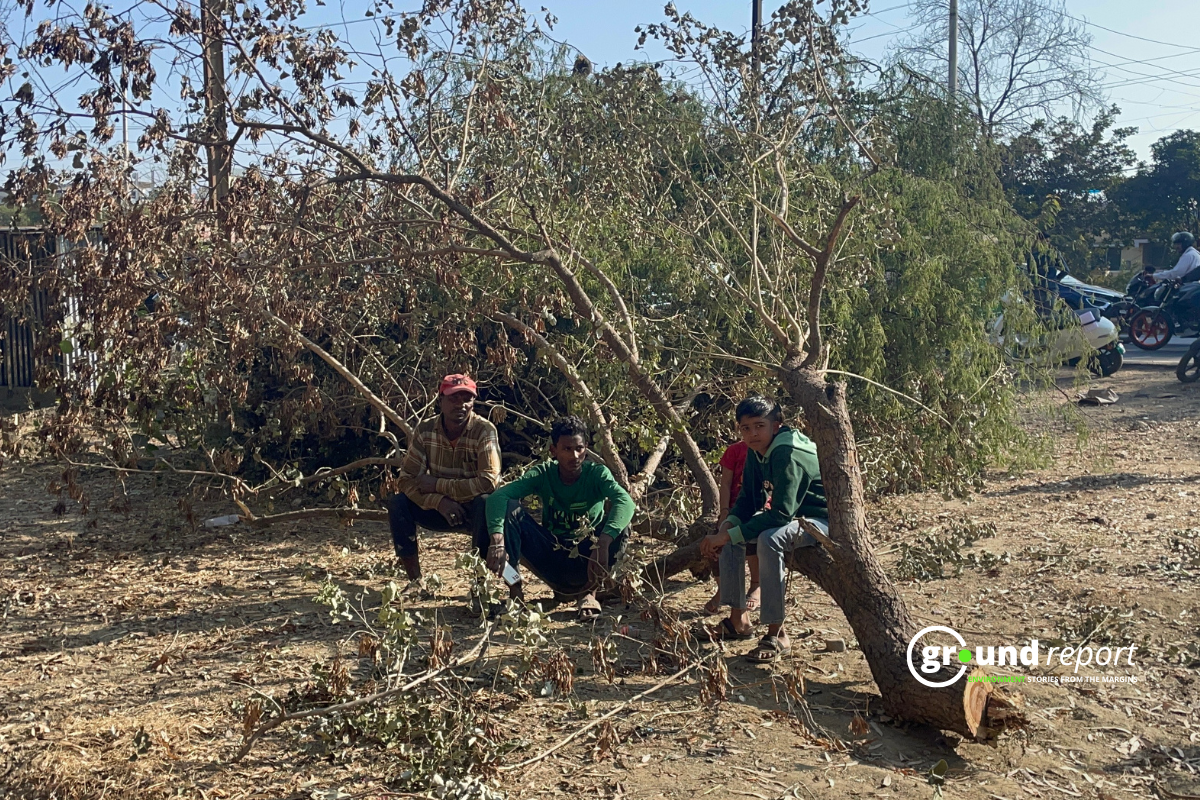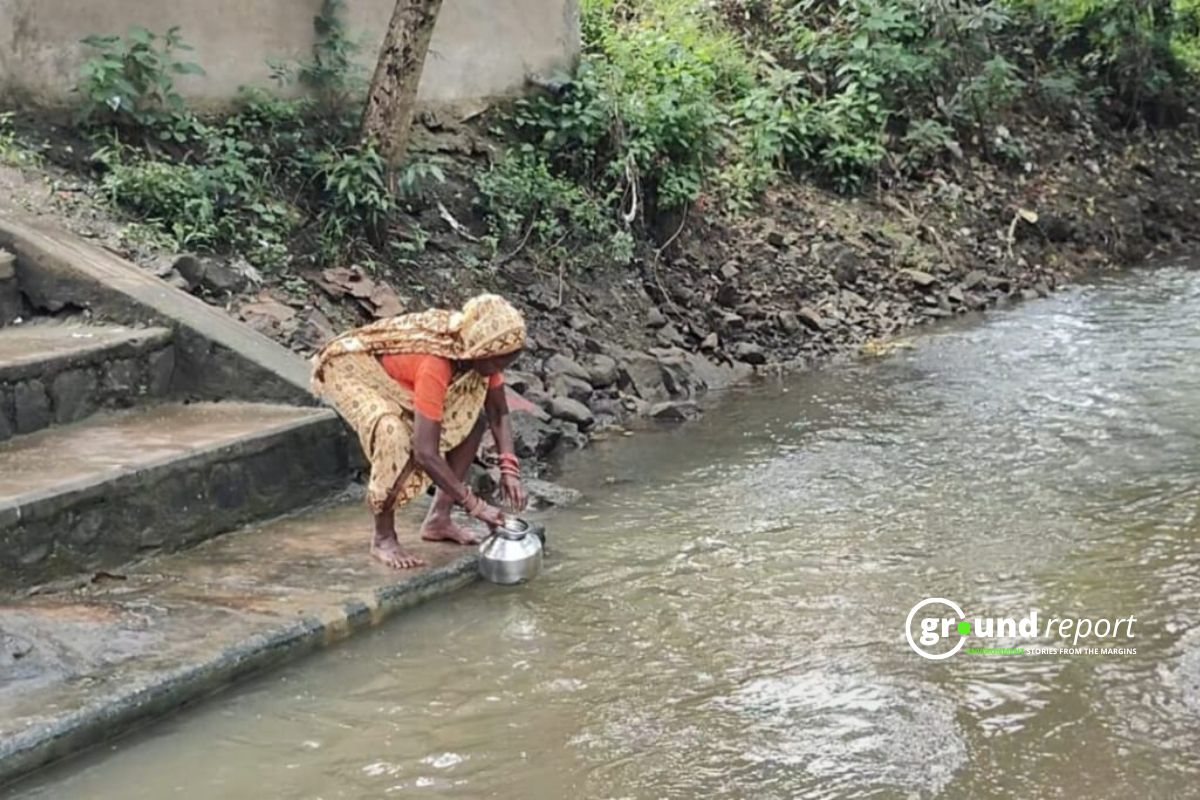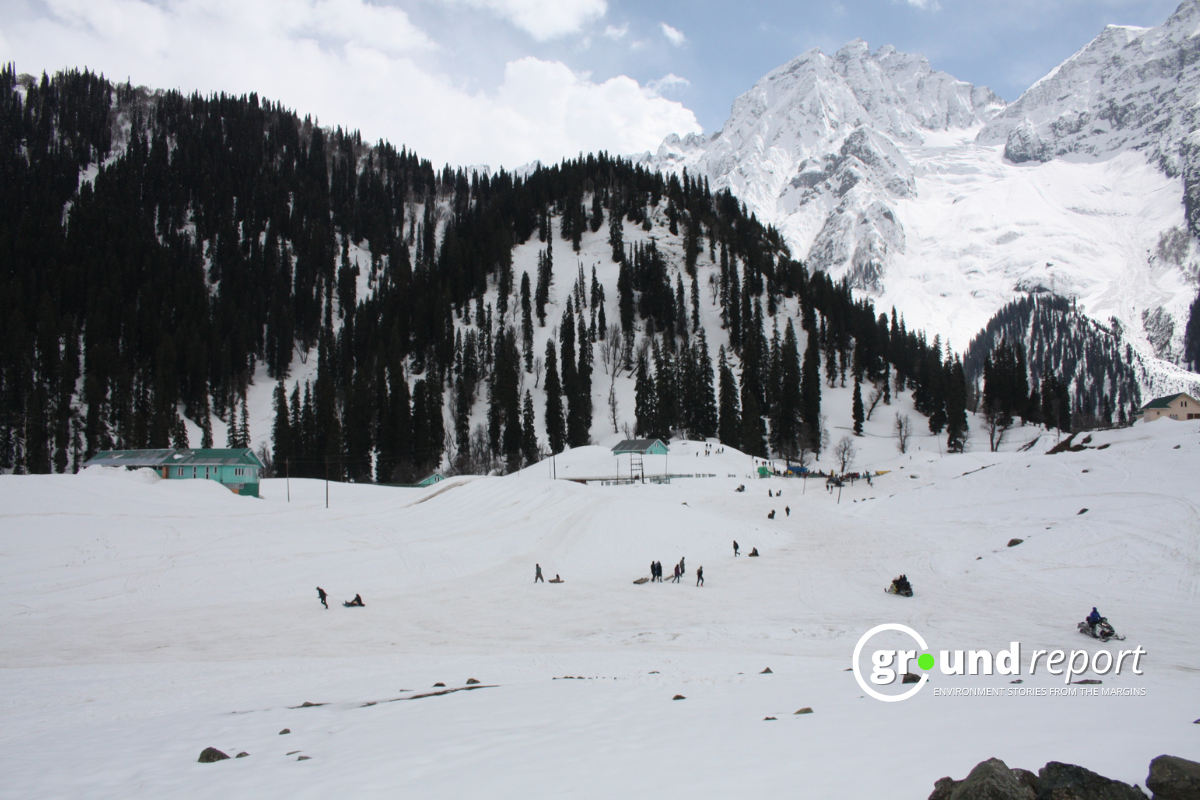Despite being the world’s second-largest tomato producer, with Madhya Pradesh leading national production, farmers are receiving as little as 2-3 rupees per kilogram for their produce. This price collapse, particularly evident in markets like Barwani, has sparked ongoing farmer protests.
The volatility in India’s vegetable markets stems from a purely supply-demand-driven pricing mechanism. Currently, bumper tomato harvests have pushed prices to record lows, creating a crisis for producers despite the country’s impressive horticultural growth over the past decade. Remarkably, India’s horticulture production has now surpassed its food grain output, reflecting farmers’ increasing preference for vegetable cultivation.
India has emerged as a global agricultural powerhouse, with its horticulture sector showing remarkable growth. In a significant shift over the past decade, India’s horticultural output reached 335 million tonnes in 2020-21, surpassing its food grain production of 311 metric tonnes. This diverse horticultural portfolio encompasses fruits, vegetables, plantations, flowers, spices, medicinal and aromatic plants, and honey, positioning India as a key player in worldwide agricultural production.
Experienced vegetable farmers like Kailash and Harimohan Sharma from Chhindwara, Madhya Pradesh, acknowledge the fluctuating nature of vegetable markets but maintain that these crops offer better profit potential than traditional food crops. However, this potential is severely undermined by post-harvest challenges.
The World Resources Institute India report notes that tomatoes suffer the highest food loss and waste rates among all crops in India.
According to the most recent national postharvest evaluation conducted by the Ministry of Food Processing Industries, tomatoes suffer the greatest postharvest losses among vegetables in India. The assessment by NABCONS (2022) reveals that 2.46 metric tonnes of tomatoes—representing 11.61 percent of total production—are lost annually after harvest.
The perishable nature of tomatoes forces farmers to sell immediately after harvest, with limited storage capabilities exacerbating the problem. Between 2019 and 2022, India’s overall food waste and loss translated to approximately $18.5 billion in economic damage.
Beyond financial implications, this waste creates nutritional inequality and contributes significantly to greenhouse gas emissions. Climate change with its extreme weather events and rising temperatures further intensifies these challenges.
The solution lies in developing robust infrastructure in vegetable-growing regions. Cold storage facilities, temporary protective structures, refrigerated transportation, food processing units, and solar drying technologies could substantially reduce waste. Kailash Parmar, a tomato farmer since 2012, suggests that diversifying growing seasons beyond winter could also mitigate losses.
Despite these obstacles, vegetable farming offers potential for steady income. Government intervention is crucial through establishing cold storage and processing facilities in key vegetable-producing districts. Such infrastructure would not only reduce food waste but also stabilize prices, providing farmers with fair returns on their investments and ensuring food security for consumers nationwide.
As India continues to experience climate variability, building resilience in its vegetable supply chain becomes not just an economic necessity but an environmental imperative.
Support us to keep independent environmental journalism alive in India.
More Video Reports
Sexed Semen: Madhya Pradesh determining calf’s gender
Biaora battles severe sanitation issues, residents demand action
Fertilizer shortage disrupts rabi sowing for Madhya Pradesh farmers
Paddy farmers struggle with low basmati prices in Madhya Pradesh
Follow Ground Report on X, Instagram and Facebook for environmental and underreported stories from the margins. Give us feedback on our email id greport2018@gmail.com.
Don’t forget to Subscribe to our weekly newsletter, Join our community on WhatsApp, and Follow our YouTube Channel for video stories









